Reviewer: Emera
Date read: 4.1.2023
Book from: Library
The Route of Ice and Salt is a dark reverie written from the perspective of the captain of the Demeter, the doomed schooner that transports Dracula and his crates of Transylvanian earth to the English coast. José Luis Zaraté, a prominent Mexican writer of the fantastic, imagines the captain as a secret homosexual, haunted equally by his desire for his men, his memories of his old lover, and the apparitions of white rats and a lean dark man that afflict his final voyage.
The novella is liquid, intensely intimate and erotic, tortured, tragic. Zaraté plunges us into the consciousness of a profoundly lonely, guilty, and unhappy man, where he brews heady metaphysical reflections on desire, the ocean, and absence. The captain, his crew, their ship, and the ocean form a sort of queasy, viscous superorganism: porous, turbulent, saturated with saltwater and bad dreams. The captain explores the salt-crusted skin of his men inch by inch in his imagination, averts his gaze vehemently in reality. The crew dwell in an uneasy realm of half-articulated suspicions, their glances and resentment touching off further ripples of shame in the captain. As the voyage proceeds, crew members disappear one by one, but their presences linger, negative shapes invested with fear and dread.
The story beats may be familiar to Dracula aficionados, but Zaraté supercharges them with emotion and sensuality. The pages echo with the captain’s fearful heartbeat, the roar of the ocean, and the chittering teeth of rats; they stink of sweat and semen.
Most of the novella is so elemental, so simultaneously animalistic and dreamlike, that it comes as a surprise when the captain finally articulates an ethic in defiance of his own guilt—which Dracula has happily played upon. “Hunger is not a sin,” the captain declares, “nor is Necessity or Appetite. What matters, I repeat, is what we are willing to do to satisfy them. My ephemeral pleasures are not a stain; the fact that he sacrifices others, anyone and everyone else, just to satisfy his Thirst… most certainly is.” This passage is one of the only ones where David Bowles’ sinuous translation seems to betray a trace of stiffness or self-consciousness, but maybe that’s appropriate, or deliberate. The captain, whose lynched lover’s corpse was desecrated like that of a vampire, is trying on a dangerously novel thought: maybe he isn’t a monster. This flicker of higher humanity lights the last few pages of the novella with a brief, proud flash, before receding into the words of Stoker’s captain’s log: “Still fog, which the sunrise cannot pierce… I am growing weaker, and the night is coming on.”
Recommended for fans of Angela Carter (for the digging into the marrow of old tales; for the feral sensuality) and The Terror (for homosocial nautical horrors).
My great thanks to R. for the recommendation, and to the Innsmouth Free Press for making this work available to readers in English.
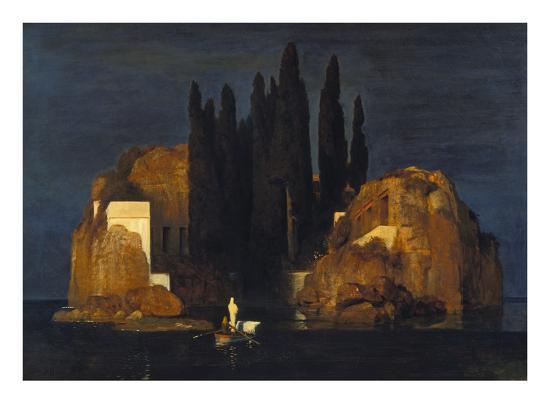
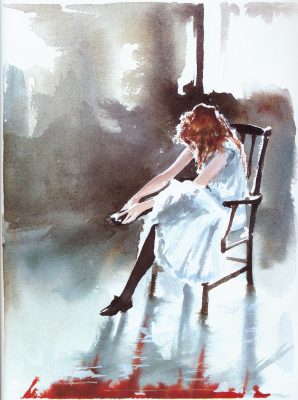
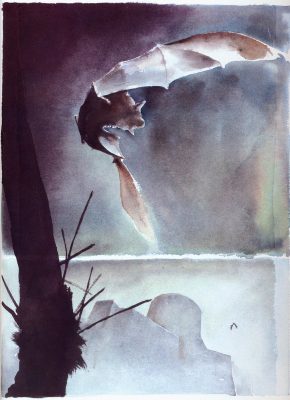
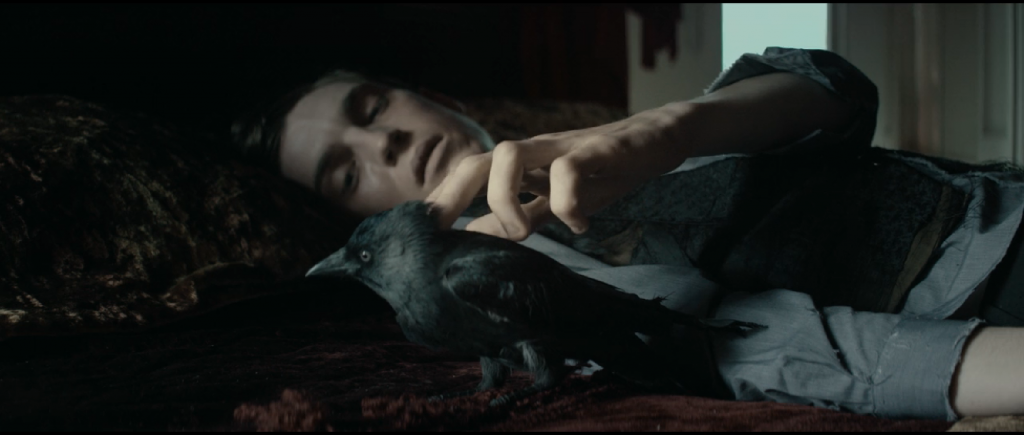
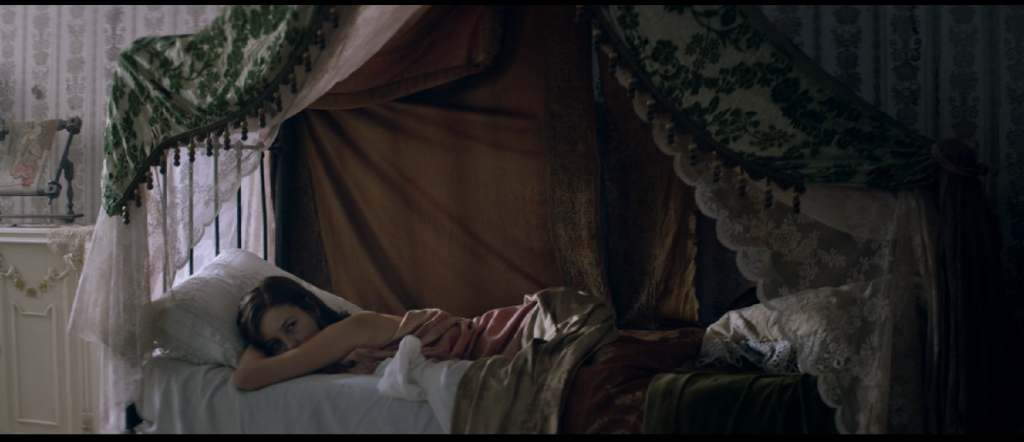
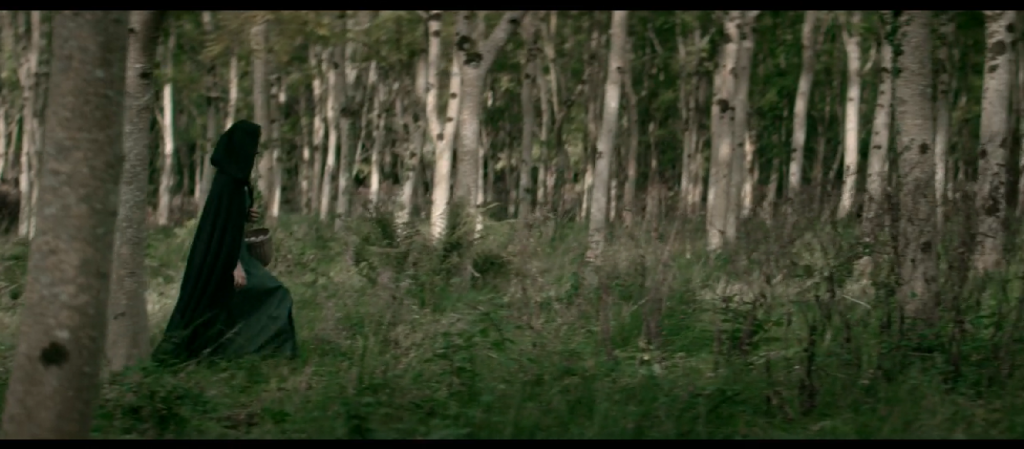


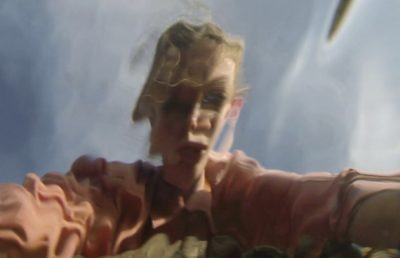
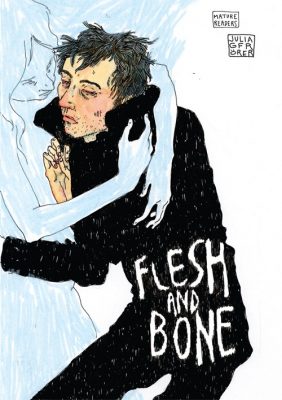
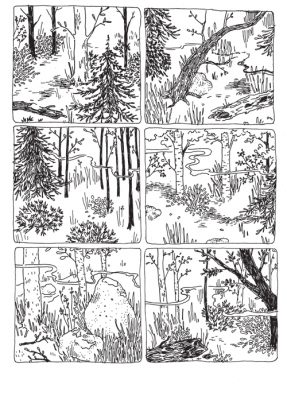
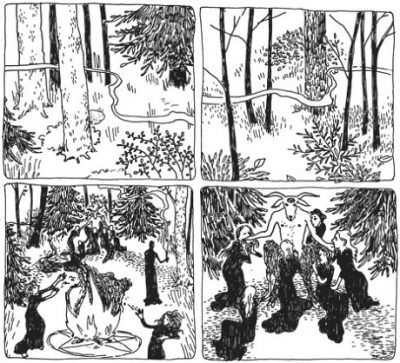
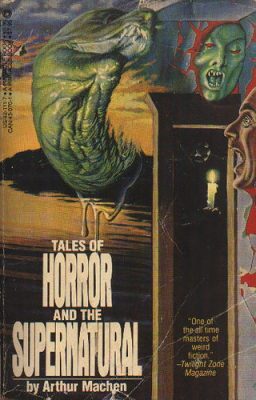 (I find this cover so upsetting)
(I find this cover so upsetting)